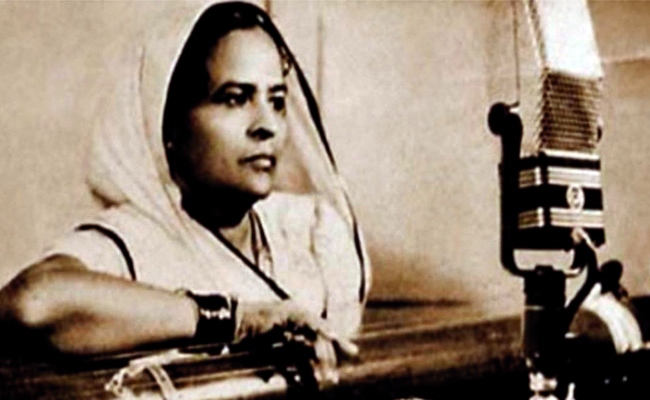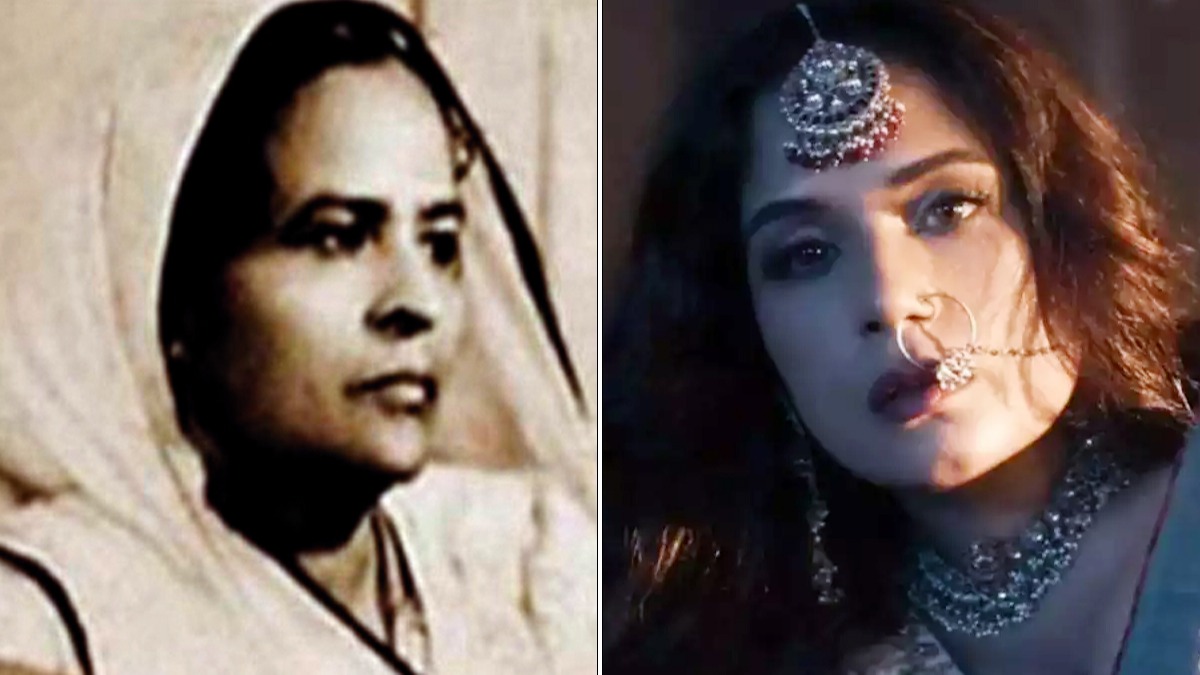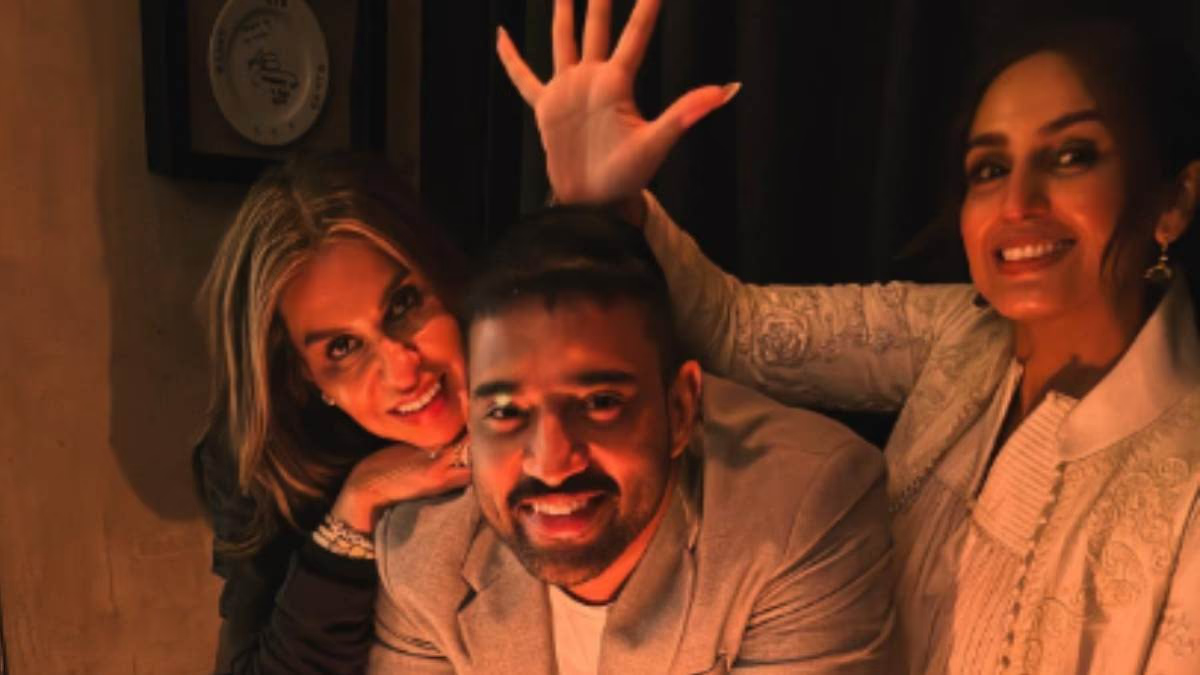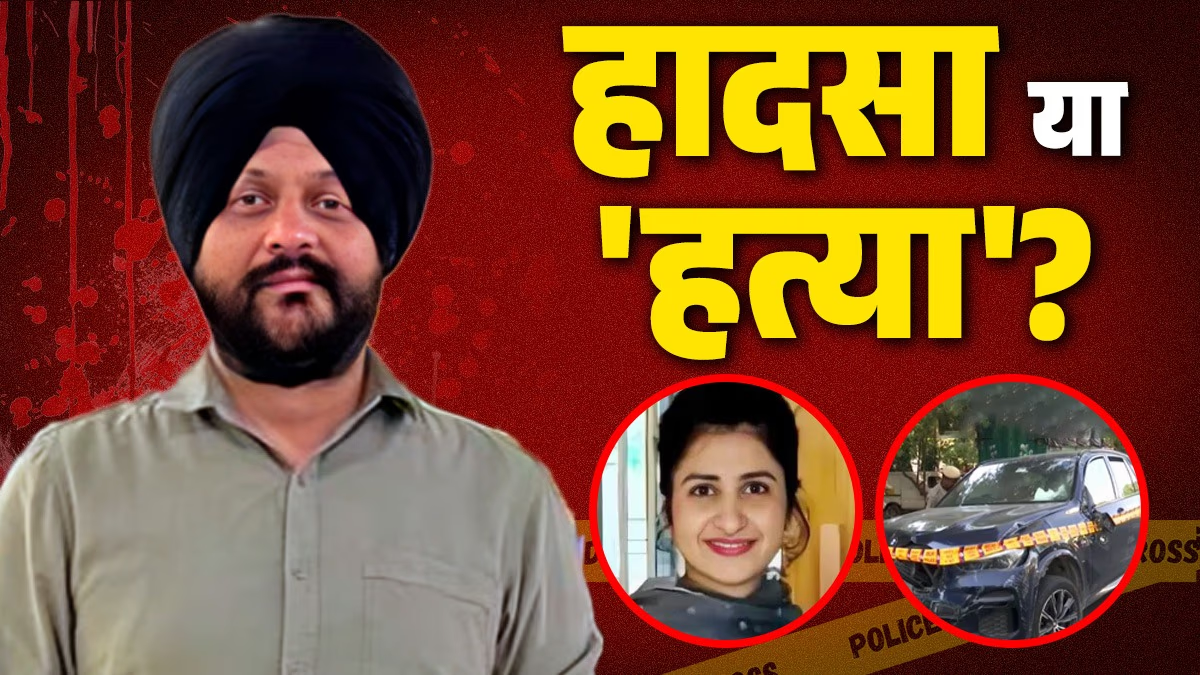Sanjay Leela Bhansali's debut web series 'Heeramandi' has arrived on Netflix. Set in the 1940s, this period drama gripped audiences from the first look with Bhansali's signature detailing, magnificent sets, exquisite outfit designs, and dazzling jewelry. But the magic of a Bhansali creation is not solely visual—sound, especially music, plays a crucial role in his storytelling.
While filmmaker Bhansali garners extensive discourse, the composer Bhansali is no less fascinating. Making his debut as a music director with 'Guzaarish' in 2010, Bhansali's sense of music was evident. Since then, he has composed the music for every film he's directed. The iconic tracks from 'Ram Leela', 'Bajirao Mastani', 'Padmaavat', and 'Gangubai Kathiawadi' are a testament to his memorable and lasting music.
In 'Heeramandi', composer Bhansali's brilliance shines through. Even if you have yet to watch the show, the album is readily available on various audio platforms. Each song stands out for its beauty and significance, but there's one extraordinary track linked to the heritage of Hindustani classical music.
A Century-Old Song from Heeramandi
The web series features a special song—'Phool Gendwa Na Maro'. Rendered beautifully by Barnali Thakur along with Bhansali's composition, it's been drawing attention on social media. Some speculate it's a remake of a 1964 track from the film 'Dooj Ka Chand', which was also titled 'Phool Gendwa Na Maro' and composed by R.D. Burman. However, this isn't a simple remake.
Similarly titled tracks can be found in a 1956 film starring Dev Anand, 'Funtoosh', yet that does not imply Burman's was a remake either. In fact, 'Phool Gendwa Na Maro' is a traditional composition deeply rooted in Hindustani classical music. Performed in the Raaga Bhairavi, it's an iconic Thumri, and its oldest available recording dates back to 1935, sung by Rasoolan Bai, featured in 'Heeramandi' on Richa Chadha.

Source: aajtak
Rasoolan Bai's rendition turns this thumri into an unfading jewel of classical music. But are you familiar with her story? It resonates deeply with the theme of 'Heeramandi', and knowing her history enriches the web series' musical experience.
Rasoolan—The Bai Who Couldn't Become a Devi
Rasoolan Bai, belonging to the Banaras Gharana, maintained her prominence in Hindustani classical music for five decades. Trained in various styles, she was particularly acclaimed for the 'Purab Ang Tappa' style of Thumri. Her music, influenced by her mother's legacy, included genres like Thumri, Dadra, Purabi songs, Hori, and Chaiti.
By the age of five, Rasoolan exhibited a firm grasp of classical Ragas and was subsequently tutored by Ustad Shammu Khan. Despite her recognition in Hindustani classical music, including the Sangeet Natak Award, Rasoolan's origins were tied to the tradition of Mujra performances—a cultural aspect often misconceived in modern society.
Historian Katherine Butler Schofield has noted that Mujras, which were once considered a bastion of art and etiquette during the times of Nawabs and Maharajas, began to be viewed as immoral under colonial laws. The middle class sought to 'purify' Hindustani music by disassociating it from the Tawaifs, leading artists connected to Mujra culture to enter mainstream culture.
Rasoolan Bai, witnessing this cultural shift, remarked upon seeing images of former Tawaifs now celebrated as virtuous figures, 'All have become Devis, I remain the only Bai.'
Leaving her kotha in 1948, Rasoolan married a Banarasi saree dealer and regularly performed on All India Radio stations in Lucknow and Allahabad. However, the 1969 Gujarat communal riots ravaged her home. She returned to Allahabad, opening a tea shop outside the radio station where she once sang. As her voice aged and her financial situation dwindled, Rasoolan's life spiraled into poverty, passing away on December 15, 1974, at the age of 72.
Bhansali's 'Heeramandi' employs 'Phool Gendwa Na Maro' in a tragic sequence, showcasing the lives of pre-independence Lahore's Tawaifs. Incorporating Rasoolan Bai's composition pays homage to a preserved heritage, completing a historical arc within the series itself.
The climax of 'Heeramandi' features a song hinting at patriotism, reminiscent of Faiz's 'Hum Dekhenge', fittingly titled 'Humain Dekhni Hai Azadi'. Bhansali's creation likely draws inspiration from this legacy of dissent, bringing a nuanced layer to his portrayal of pre-independence struggle.




